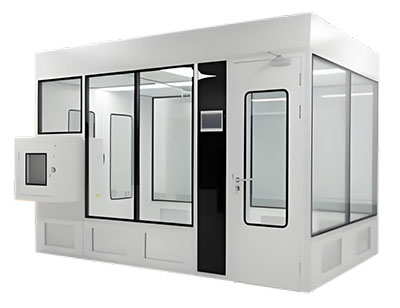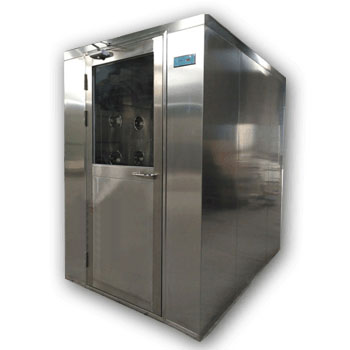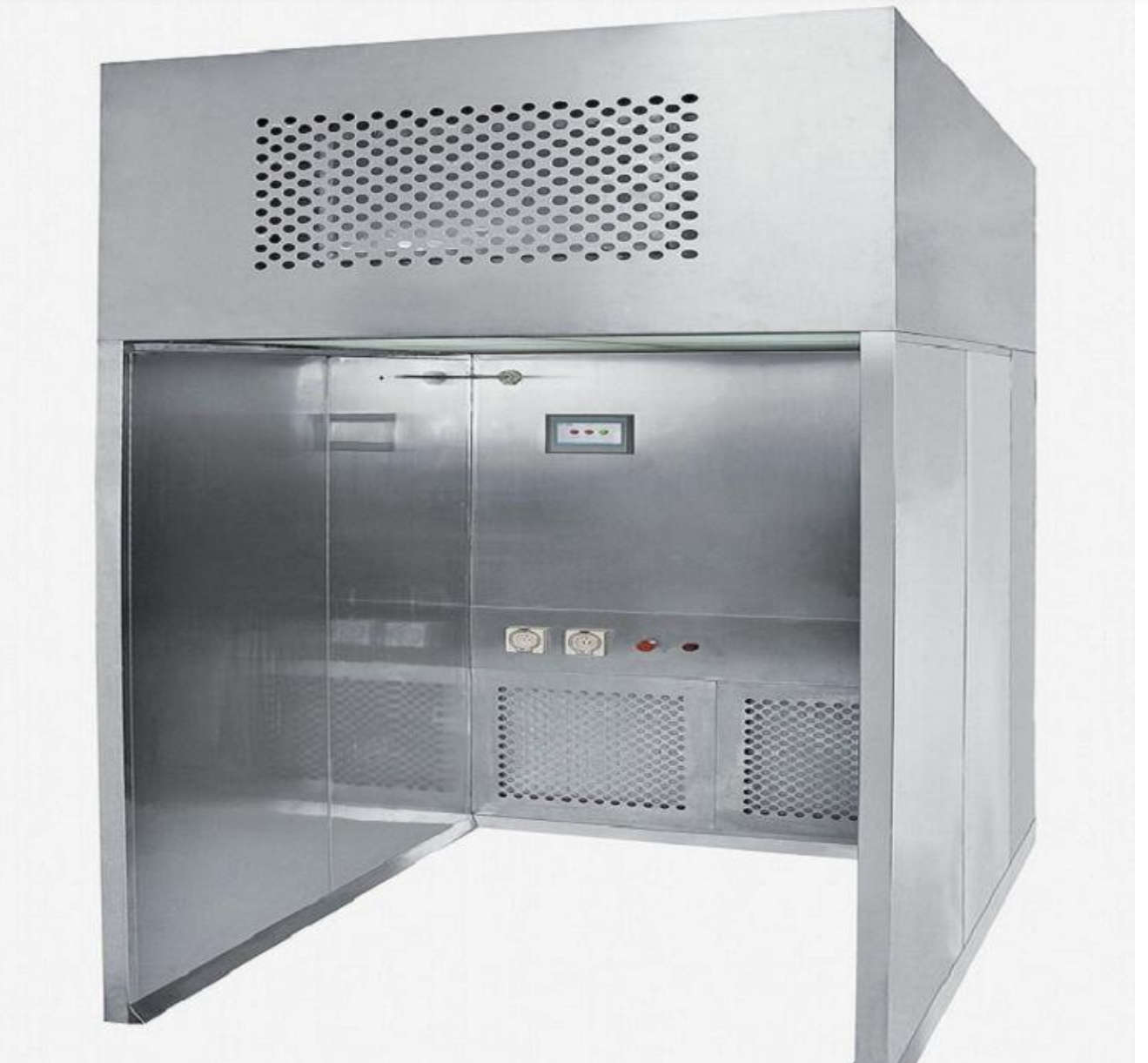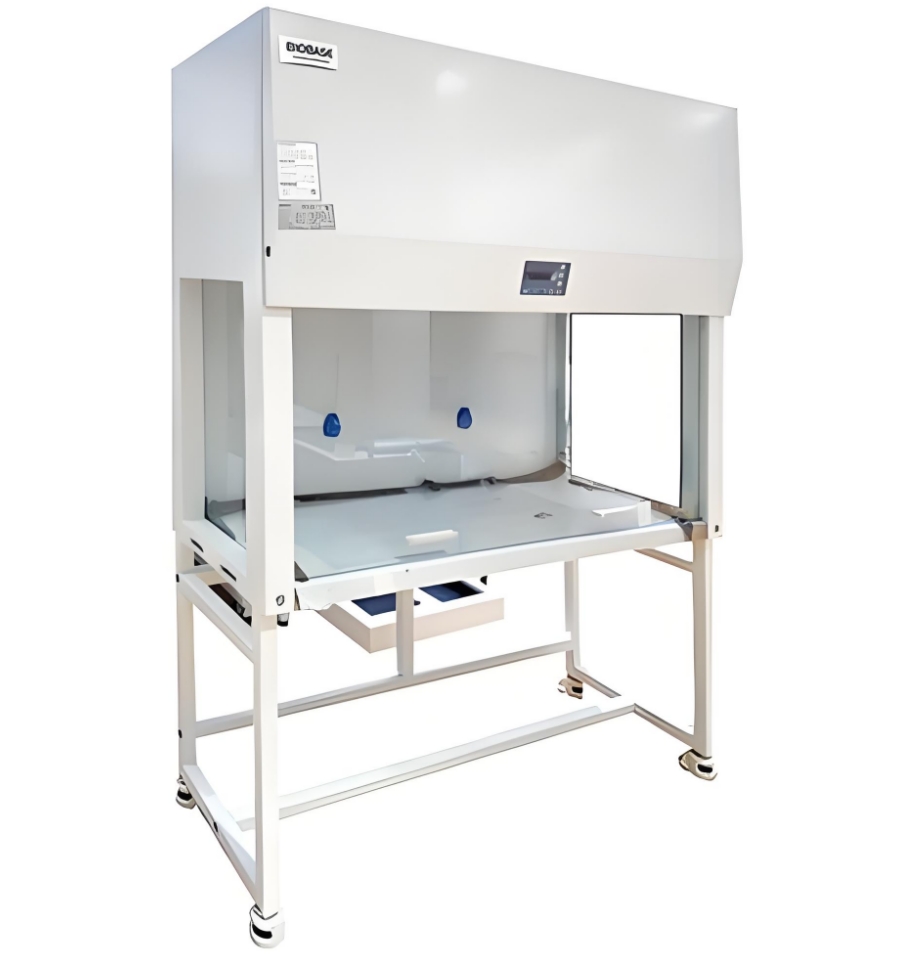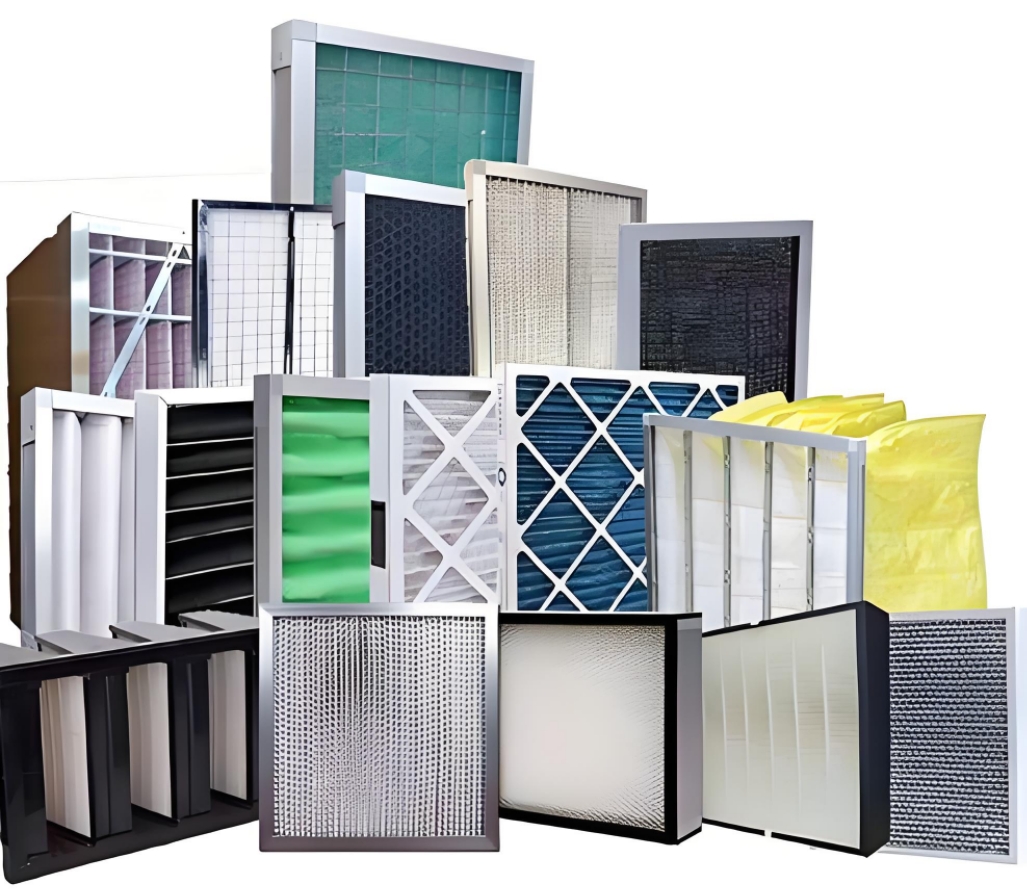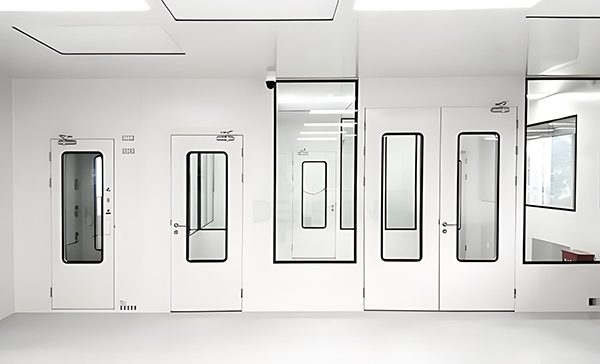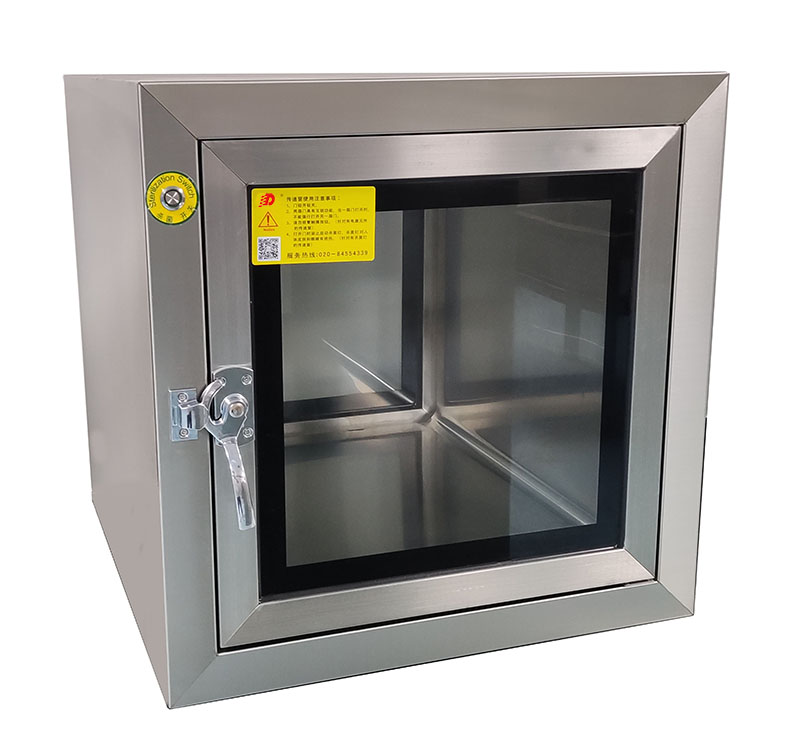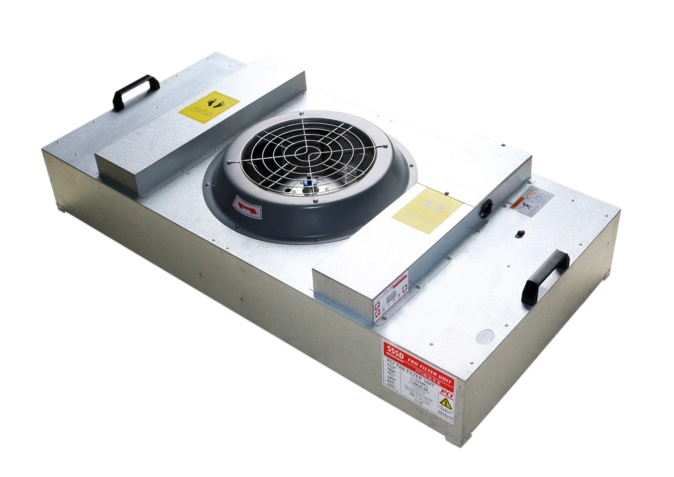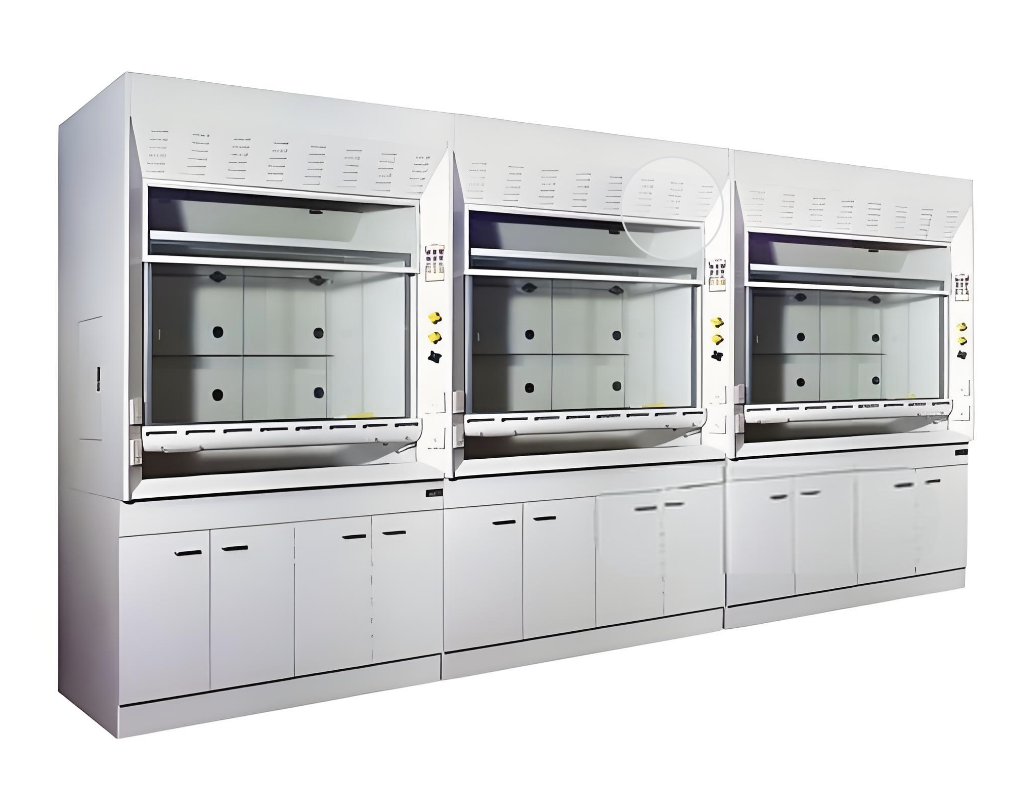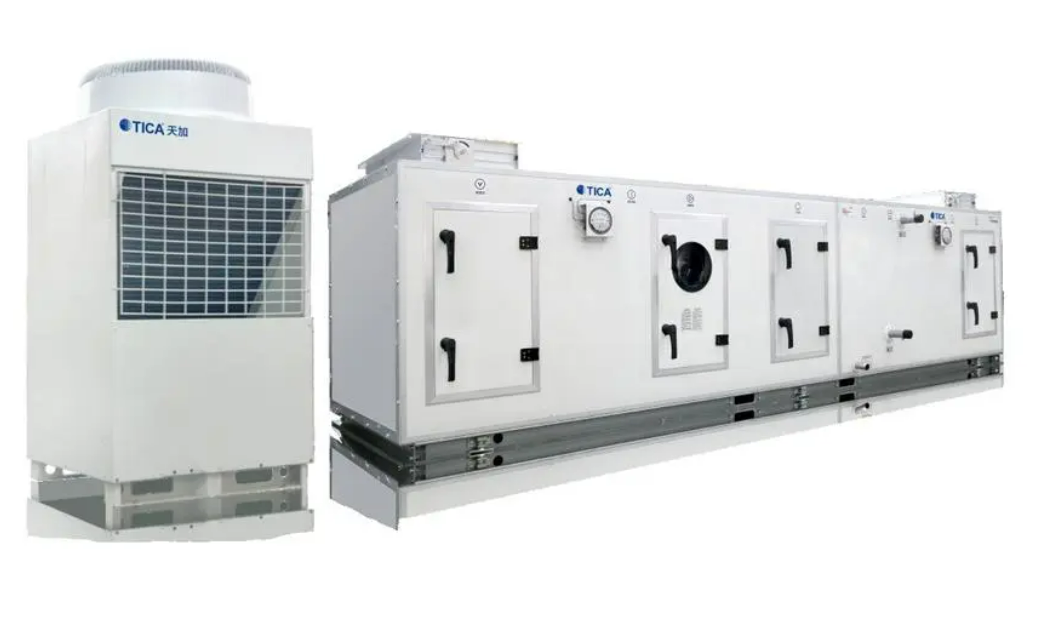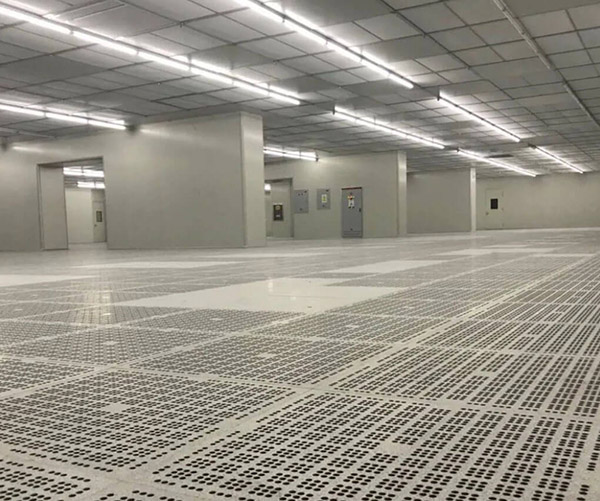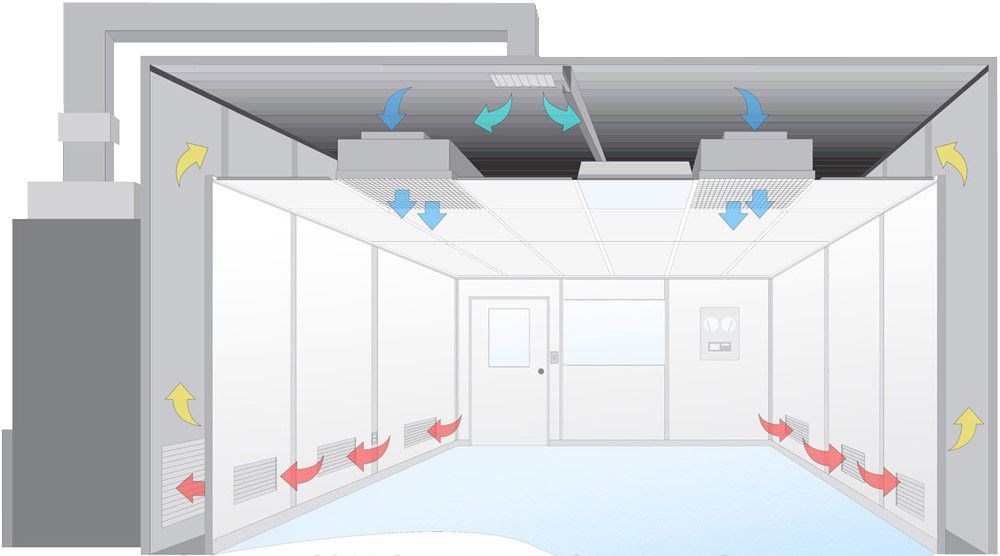Differences Between FFU and hepa Filter
Understanding the distinctions between these critical components for optimal performance in clean environments
Concept: FFU and HEPA
Fan Filter Unit (FFU)
An FFU is an integrated unit comprising a fan and a filter that actively intakes air, filters it for particulates, and discharges purified air to create a controlled clean zone. This unit is versatile and essential for spaces requiring controlled environments.
hepa filter
A HEPA filter is a standalone filtration medium designed to capture minute airborne particles, such as dust, pollen, and bacteria. Unlike FFUs, hepa filters do not have a fan and rely on an external air source to operate.
Function: What They Do
| Component | Primary Function | Key Features |
|---|---|---|
| FFU | Airflow control and filtration | Adjustable fans regulate speed and direction of airflow while purifying air |
| HEPA | Air filtration | 99.97% efficiency for particles as small as 0.3 microns |
Structure: Component Breakdown
FFU Structure
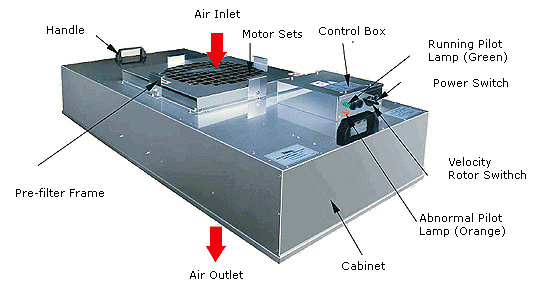
FFUs are comprehensive units containing a fan, filter, and casing. This all-in-one configuration allows for straightforward integration into various systems needing both filtration and airflow management.
HEPA Structure
HEPA filters, by contrast, consist solely of a filtration medium—often pleated fiber material—requiring installation within other equipment to function. Their design focuses purely on capturing contaminants without aiding airflow.
- Pleated fiber material
- No integrated fan
- Requires external housing
- Multiple layers for filtration
Application: Where They're Used
FFU Applications
FFUs are commonly deployed in settings requiring high cleanliness, such as:
- Cleanrooms
- Semiconductor production facilities
- Hospital operating rooms
They can function independently or be combined to form extensive Clean air systems. Deiiang™, guided by design expert Deiiang Jason.peng, utilizes FFUs in systems tailored to stringent cleanliness standards.
HEPA Applications
HEPA filters feature prominently as key components in:
- Air purifiers
- Vacuum cleaners
- HVAC systems
Additionally, HEPA filters are integrated into HVAC systems to enhance air quality independently, a testament to their versatility and effectiveness.
What is the difference between FFU and HEPA?
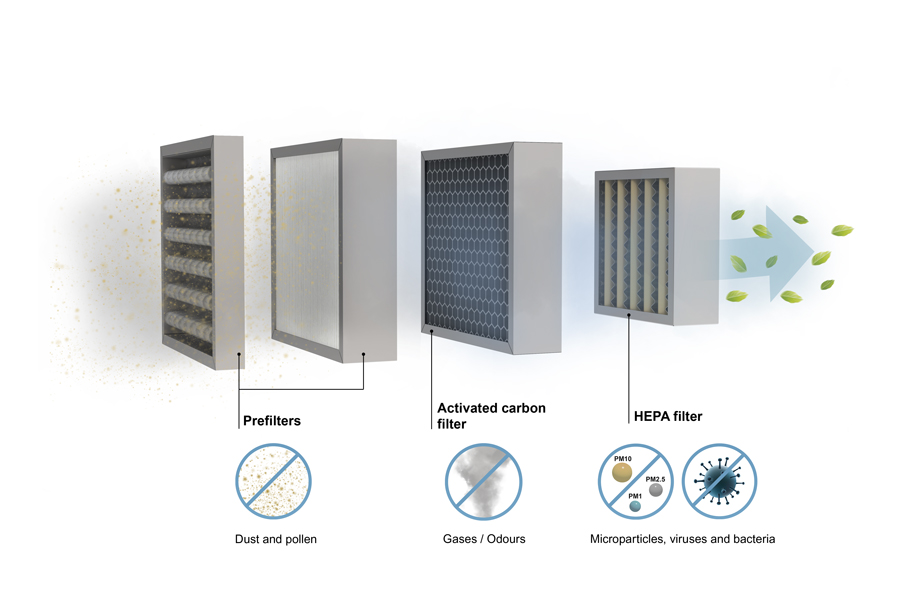
FFUs and HEPA filters serve distinct purposes in air filtration and circulation. While FFUs are systems that incorporate fans and HEPA filters for air movement and purification, HEPA filters are standalone components that specifically filter particles from the air.
| Aspect | FFU | HEPA Filter |
|---|---|---|
| Functionality | Circulates and filters air with built-in fan | Only removes particles without airflow |
| Application | Cleanrooms and controlled environments | Various settings including homes |
| Configuration | Self-contained unit with fan and filter | Can function independently or in systems |
Configuration of FFU
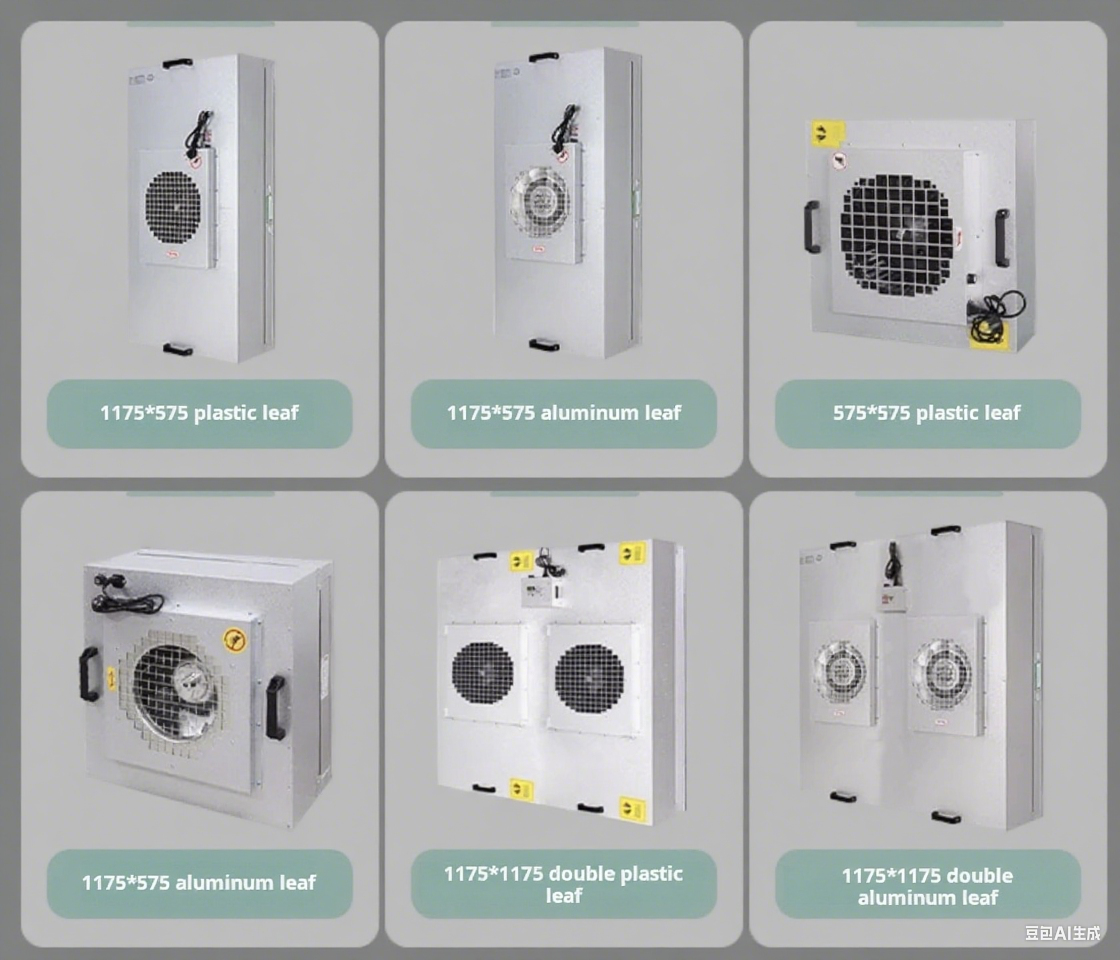
Fan
The fan within an FFU is crucial for drawing in room air and pushing it through the filter, creating a controlled airflow.
Filter
Usually a HEPA or ULPA filter, this component is responsible for trapping particulates, ensuring the air quality meets stringent Cleanroom standards.
Housing
The housing of an FFU is designed for easy integration into Cleanroom ceilings or walls, allowing for a compact and efficient installation.
Advantages and Disadvantages of HEPA
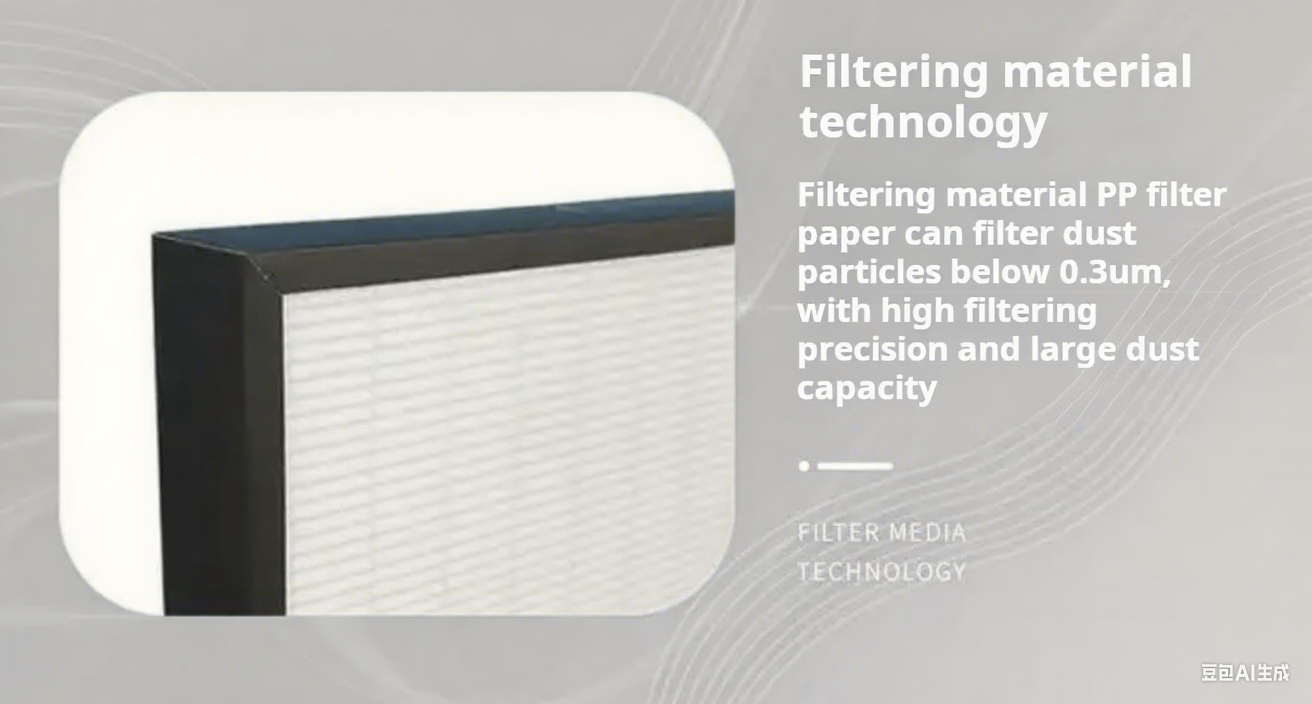
Advantages
- Highly efficient, capturing 99.97% of particles 0.3 micrometers and larger
- Ideal for maintaining high air quality in various applications
- Versatile for use in different settings
Disadvantages
- Require regular maintenance and replacement
- May increase resistance in airflow, leading to higher energy costs
- Less effective against smaller particles and gases
Layout of FFU
The layout of FFUs in cleanrooms is critical for achieving optimal air cleanliness and efficiency.
Key Layout Considerations:
- Strategic positioning to ensure uniform air distribution
- Grid pattern installation on ceilings for laminar airflow
- Proper spacing based on cleanroom class requirements
- Accessibility for maintenance without disrupting environment
Price of FFU
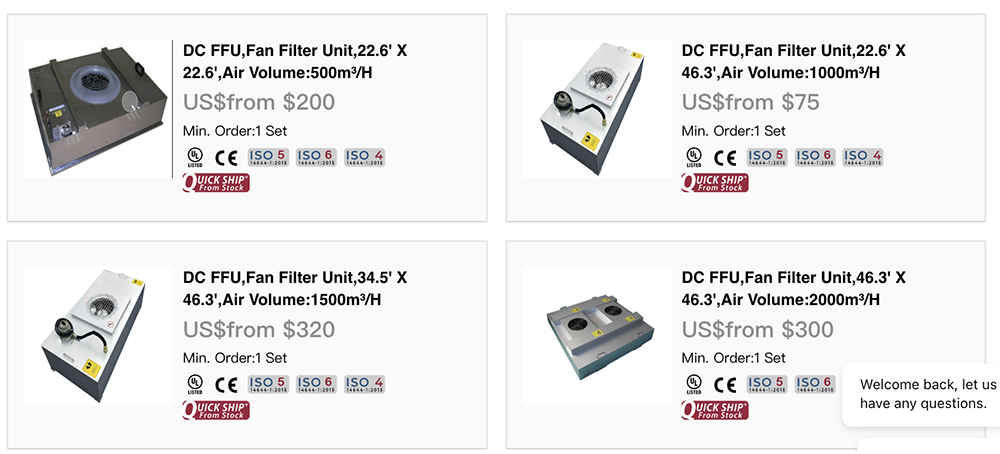
The price of FFUs varies widely based on factors such as size, filter type, and manufacturer.
Price Range:
- Domestic FFUs: $500 to $2,500
- International models: Higher due to shipping and global standards compliance
Key Standards:
- ISO 14644 for cleanrooms
- ASHRAE 52.2 for air filtration efficiency
Investing in high-quality FFUs can result in long-term savings by reducing energy costs and improving air quality, which is pivotal in sensitive industries.
Conclusion
Both FFUs and HEPA filters play integral roles in maintaining air purity and quality in various applications. While FFUs provide a comprehensive solution with airflow control and filtration, HEPA filters excel purely in particle filtration. Understanding these differences helps in selecting the appropriate equipment for specific environmental needs. Deiiang™, through innovative solutions by Deiiang Jason.peng, continues to elevate cleanroom technology by effectively integrating these vital components.
Common Questions and Answers
What is the primary function of an FFU?
An FFU controls airflow and filters air, creating a clean environment through active intake and discharge.
How does a HEPA filter work without a fan?
A HEPA filter requires an external air source, such as an HVAC system, to push air through it for filtration.
Where is a HEPA filter typically used?
Primarily in air purifiers, vacuum cleaners, and HVAC systems, thanks to its exceptional filtration capabilities.
Can FFUs operate independently?
Yes, FFUs can function solo or be integrated into larger systems for enhanced Clean air delivery.
Which industries most commonly use FFUs?
Industries such as Semiconductor manufacturing, healthcare, and pharmaceuticals frequently use FFUs.
References
- 1. ISO 14644: Cleanroom standards
- 2. Environmental Protection Agency Guidelines on Air Filtration
- 3. Deiiang™, Advanced CleanRoom Solutions
- 4. Institute of Environmental Sciences and Technology (IEST) Publications
- 5. Air Filtration Technology, Journal of Indoor Air Quality Research
- 6. Advances in Cleanroom design, Journal of Building Engineering
- 7. Deiiang Jason.peng, Expert Insights into Filtration Systems
 +86 18186671616
+86 18186671616 Jason@cleanroomequips.com
Jason@cleanroomequips.com
 MENU
MENU

